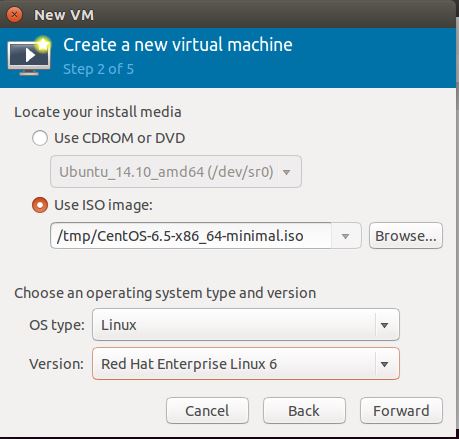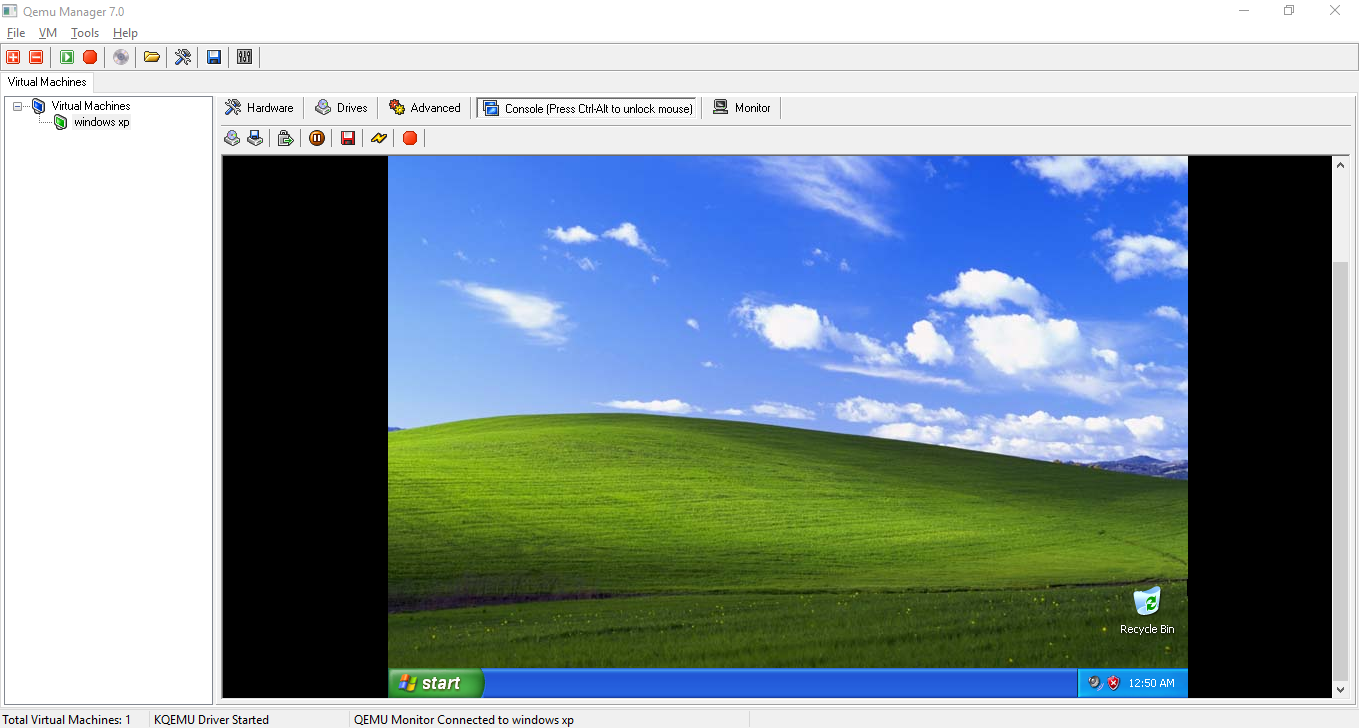
You can use network-info to configure networking if something more sophisticated than just DHCP is desired.įor example ssh keys, disabling interactive login, and so on. Please mount CIDATA partition rename meta-data and user-data files and adjust them to taste. If you wish to customize user password, networking information, add ssh keys, etc. The image has CIDATA partition which can be used as a valid datasource to adjust cloud-config metadata.
Ubuntu install qemu password#
You will be asked to change the password on first login.

The image has a fallback cloud-init datasource that configures sudo user ubuntu with password ubuntu and DHCP networking. Xz -dk focal-preinstalled-server-riscv64+ĭd if=focal-preinstalled-server-riscv64+unleashed.img of=/dev/disk/by-id/complete-to-sdcard-device See the cloud-init section below to further customise the first boot behaviour with cloud-init.
Ubuntu install qemu serial#
Monitor serial console, wait for cloud-init to complete, then login using ubuntu:ubuntu. Xz -dk focal-preinstalled-server-riscv64+ĭd if=focal-preinstalled-server-riscv64+unmatched.img of=/dev/disk/by-id/complete-to-sdcard-device You can also use cmdline to extract the image and dd it. You can then use "Gnome Disks" app to restore img.xz image onto the microSD card, plug it into the board and boot. Set jumpers to boot from the microSD by setting MSEL=1011 (MSEL2 to the outside of the board, the rest to the inside). The above image has U-Boot SPL loader as well as SiFive U-Boot to boot on the board. Switch to the serial console, wait for cloud-init to complete, then login using ubuntu:ubuntu. One can use pass through networking, adjust memory ( -m) & cpu counts ( -smp) as needed. "kernel" is qemu smode uboot -kernel /usr/lib/u-boot/qemu-riscv64_smode/uboot.elf All tip submissions are carefully reviewed before being published. On Intel, the processor is Intel VT and for AMD processors, it's AMD-V. drive file=focal-preinstalled-server-riscv64.img,format=raw,if=virtioīios is OpenSBI -bios /usr/lib/riscv64-linux-gnu/opensbi/generic/fw_jump.elf Check if the CPU has the support of hardware for virtualization. device virtio-net-device,netdev=eth0 -netdev user,id=eth0 \ kernel /usr/lib/u-boot/qemu-riscv64_smode/uboot.elf \ bios /usr/lib/riscv64-linux-gnu/opensbi/generic/fw_jump.elf \ machine virt -nographic -m 2048 -smp 4 \


Next use OpenSBI bootloader & u-boot-qemu to boot the virtual machine Qemu-img resize -f raw focal-preinstalled-server-riscv64.img +5G Optionally, if you want larger disk, you can expand the disk (filesystem will be automatically resized too). Hirsute's version of u-boot-qemu is required at the moment to boot hirsute images.Īfter installing the above prerequisites, one can use any of the above images to boot virtual machine.


 0 kommentar(er)
0 kommentar(er)
